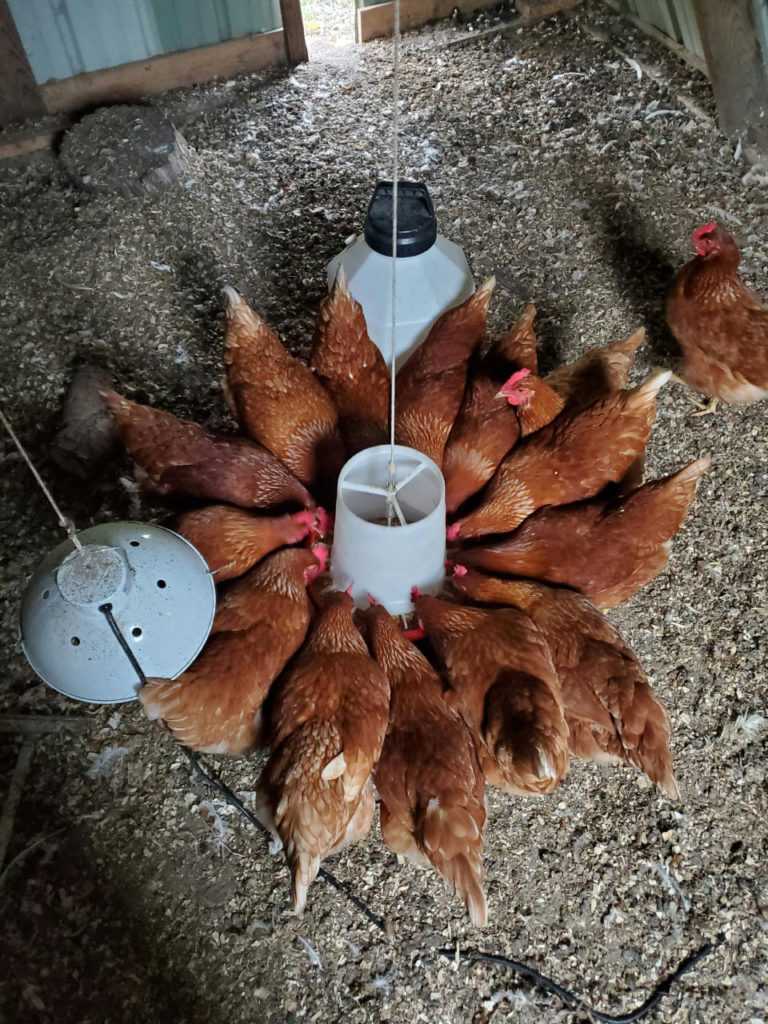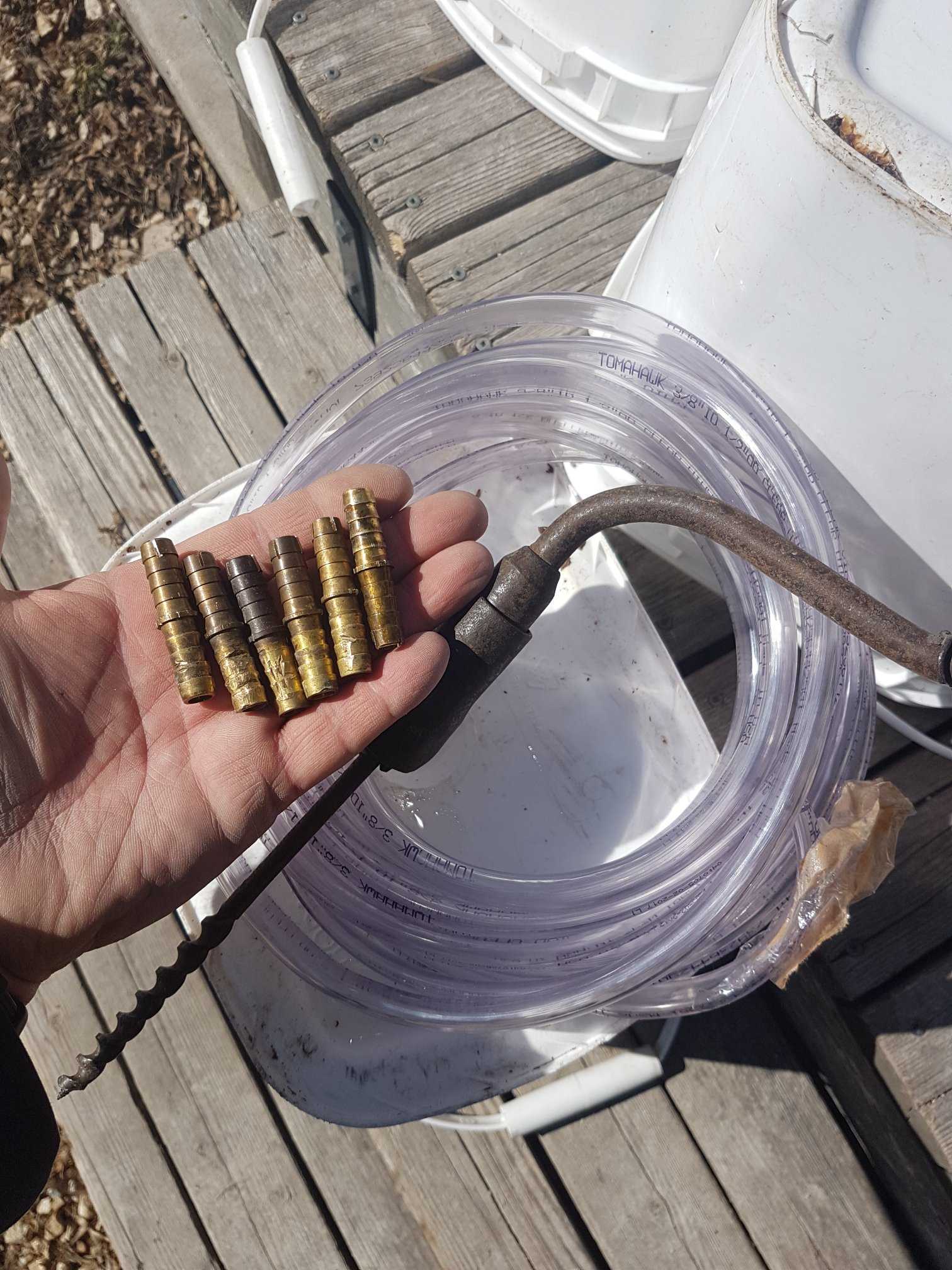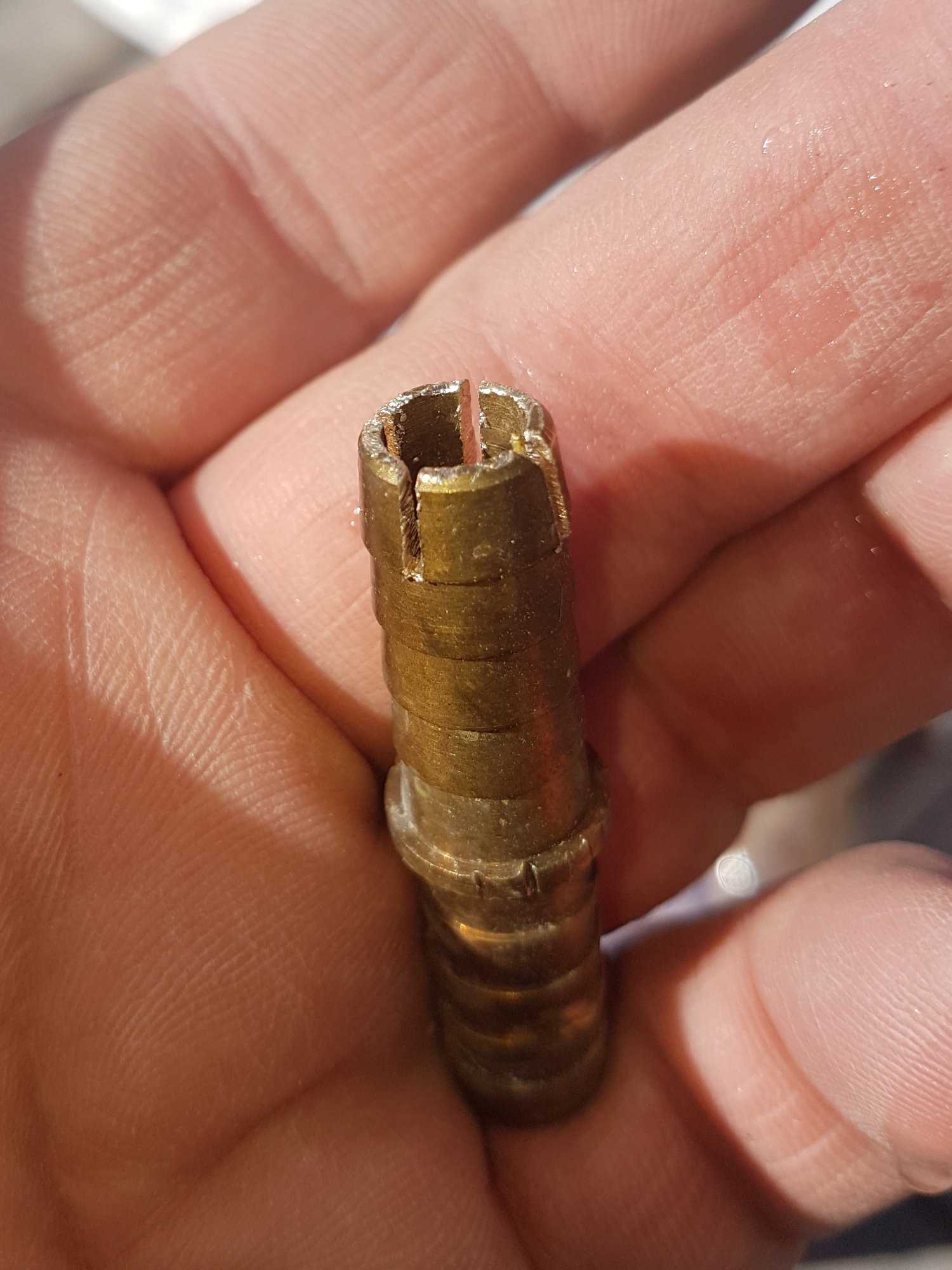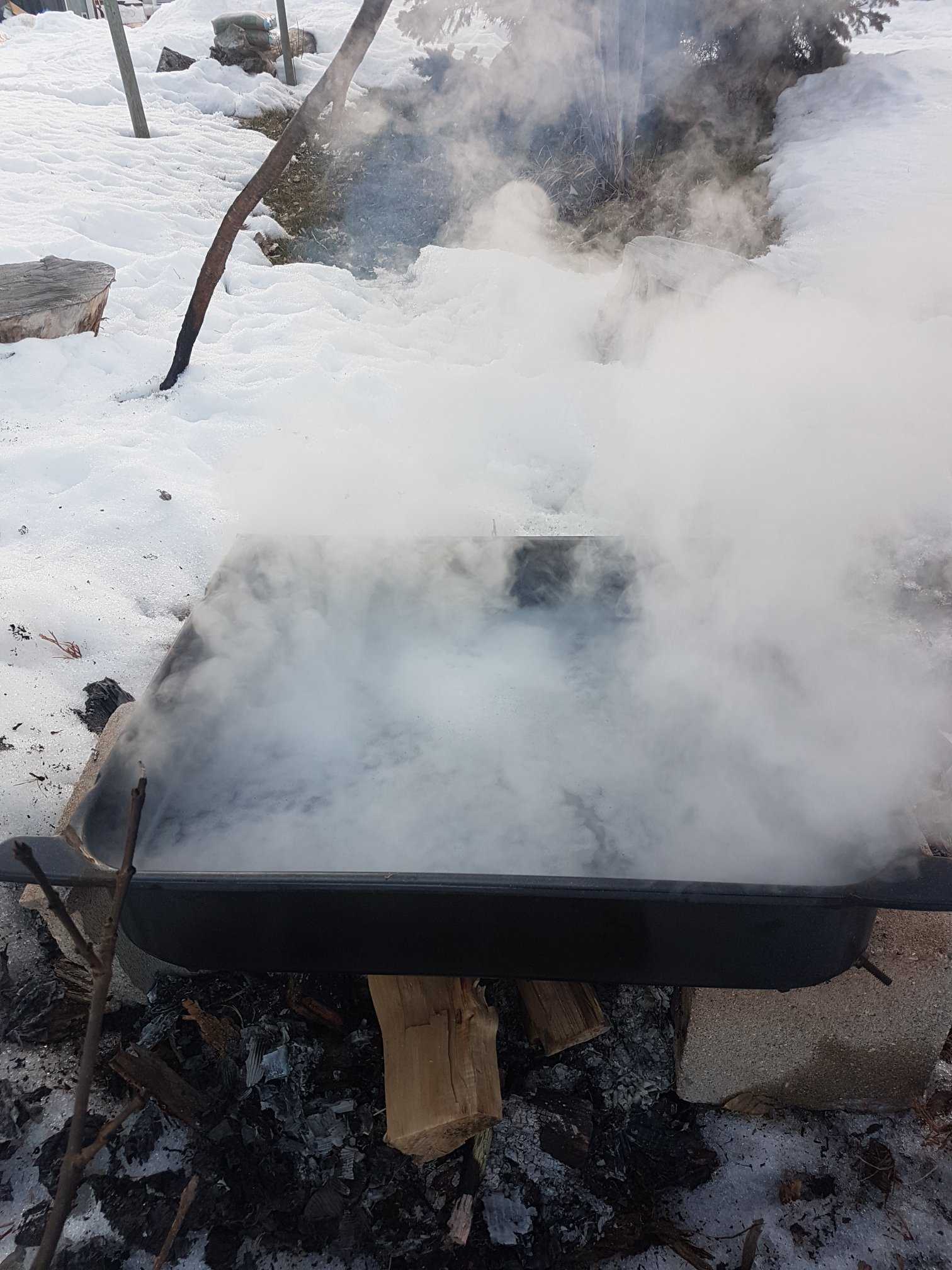-
Heat Lamps in the Chicken Coup in Winter
Needed or no?

I’m getting mixed information from my local chicken peeps. Some say you need to heat the chicken coup in winter, some say not. Until now, I have not been heating mine. My wife, being the kind caring person she is, feels they need heat and is quite upset at what I’m ‘doing to the chickens.’
Last night my buddy who has a couple dozen birds went out to check on his in the night. It was -22C. None of his birds were under the heat lamps. He has no door on his shed, so it was the same temp inside as out. Assuming his birds are smart enough to find the heat if needed, at least down to minus 22, it would seem chickens don’t need supplementary heat. We will continue to monitor them as we get into the -40’s this winter.
He did have an interesting point about them needing a certain amount of light to keep producing. Mine are still laying 15 eggs a day (from 15 birds,) so they seem to be getting enough light, but we are still almost a month away from the Winter Solstice. I’ll need to observe and monitor their production as the amount of daylight drops.
The main change I’ve noticed is that they are eating a LOT more feed. This will partly be due to not getting as much scrounged food from the yard, but also I suspect their metabolism ramps up as they generate their own heat. I know larger animals such as cows do the same in winter … eat a lot more as they burn the feed to keep warm.
Will continue to experiment and learn from our 1st winter with chickens. Any advice or input would be appreciated!
-
Getting People Out of the Cities
This post is in response to Kade’s post: Feed the World.
A current 1,000 acre mega-farm was likely at one time 25 or more natural-scale farms.
OK. Lets take 1000 acres of farmland and bring the city people back.
- 25 farms per 1000 acres
- Assume one LARGE family per farm = 2 parents and 8 kids for a total of 10. (Totally arbitrary number.)
That would bring 250 people out of the city to occupy 1000 acres.
Lets see how it would look if we made a city become farmers again …
From Infogalactic, “more than 400,000 New Yorkers reside in NYCHA’s 328 public housing developments across the City’s five boroughs.”
That means, to empty out just the public housing of a single US city, we would need to occupy 1.6 million acres of land assuming 10 people per family unit. Just the people in NYC public housing, would require a space about the size of Delaware (1.59 million acres) to house and begin to feed themselves.
NYC total population is 8.5 million. If we were going to move New York City into the country to grow their own food, we would need approx 34 million acres of land. The whole of New York State is approximately 34 million acres. If we move the city of NY into the country of the state of NY (assuming every square inch was farmable,) where would we put the rest?
Another Calculation
I live on just slightly over 1 acre of land. I believe that if I spent the time and money that I could feed my family of 4 from this one acre. Lets do some math for the city folk.
1000 acres of farmland could potentially hold 1000 families of 4. That’s 4000 people per 1000 acres of land.
If we moved just the public housing developments of NYC into farmland (400K,) they would take up 100,000 acres of land. If we moved the whole population of NYC (8.5 million) to the country, they would take up 2.1 million acres of land … a space larger than Delaware (1.5 million acres) but smaller than Connecticut (3.5 million acres.) Again … just one city in the state of New York.
The total population of New York State is about 19.7 million people. We have found farmland for 8.5 million of them (more space than the state of Delaware) … where are we going to put the other 10 million?
I don’t believe we can feed the world without modern industrial scale farming methods. Even if we all were forced to feed ourselves from our own little piece of land … there is not enough farmable land in the world to support 7.5 billion people.
EDIT. As I thought more about this, I also realized that for western society to go back to animal/manual labour, there would have to have been a catastrophic event that eliminated the use of mechanical farming. This sort of event would also have a devastating effect on the population, if not initially, then over time as people died off from lack of mechanical assistance. In this scenario, there would likely be a lot fewer people and a lot of available land for food production, making the idea more plausible.
What think you?
Check out Kade’s Blog for more thought provoking info.

-
Maple Syrup – Feed Your Own

This is the 1st post in what I plan to do as a series of posts about creating your own food supply.
This is how I harvest Maple sap and make my own Maple syrup.
Equipment

- I use food grade buckets that I picked up from a local grocery store bakery. I think I paid a buck a piece.
- For taps I’m using 3/8″ brass unions from my local hardware store. I notched the ends to create more flow but I have no clue if that really made a difference or not. Just made sense to me.

- I use 3/8″ hose to move the sap into the buckets.
Method
I use a hand drill (just because its easy) to drill a hole into my Maple at a slight upward angle and a little deeper than the half the union. The angle is to make the sap flow by gravity and slightly deeper than half the union so the union does not get plugged with wood when tapping in.
I use a hammer to tap the union into the tree till the center ridge tight against the bark which stops most sap from leaking out around the edge of the hole. Hose to bucket and let her run.
Boiling
For boiling I use an old ‘Pots and Pans’ drawer from a stove. Its porcelain so is smooth and nice and clean. It holds gallons and is wide so it has a lot of surface area for boiling.

I do this outdoors over an open fire with the pan between two cinder blocks. Feeding it hardwood slowly while watching the sap boil is very relaxing and cathartic … especially after dark with the moon in the background.
Finishing Syrup
I boil the sap down till it begins to thicken but not yet streaming from the spoon and then I transfer it to a pot and finish on the stove where I have more control over the temps. I don’t use a thermometer or hydrometer although I probably should. I use the old ‘sheeting off the spoon’ method which can be hit or miss – but the end product is just as good, just not exactly the same consistency. Basically, the the syrup ‘drips’ off the spoon in a stream, its done. I usually go for another minute or two just to make sure it’s thick, but that’s it. I’ll try to get a video or pictures of what it looks like at this stage. Going thicker is nice too – makes a kind of caramel which tastes amazing on ice cream or as drizzle on coffee cake. So thicker is not a bad thing.
Storage:
We usually keep our syrup in the back of the fridge, but if you bottle it hot, the lids will often seal and you can store it on any shelf. We picked up a couple of sealing bottles from Ikea to store ours in. (I’m not an Ikea fan by any stretch, but these worked great!)